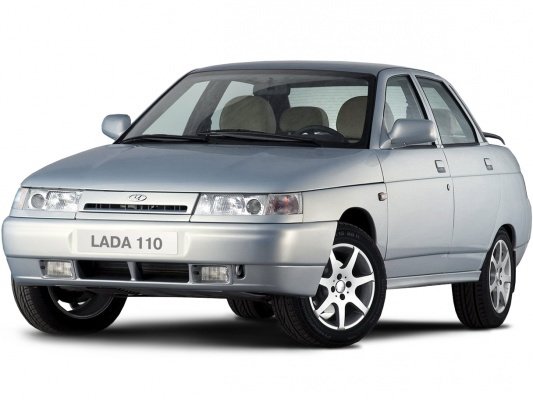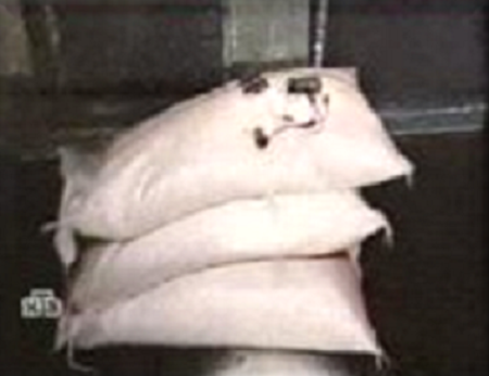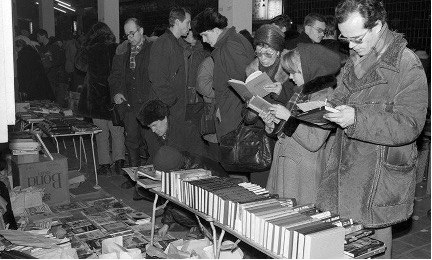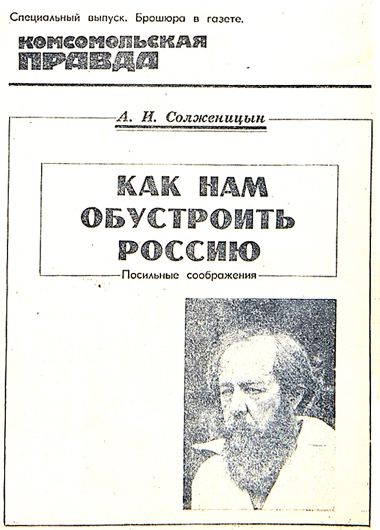Explore:
Lada 110-series
The first post-Soviet Lada model, the VAZ-2110, appeared in 1995 and sold for between $5,000 and $8,000. Targeted at the emerging middle class, the car represented the manufacturer’s hope that Russian production and consumer power could come together to build a domestic market that would advance the economy beyond raw materials extraction and imported consumer goods.
Ryazan Sugar (Hexogen)
Three large sacks of white granules, wired to a timer set for 5:30 AM, were found in the ground floor of a Ryazan apartment building on 22 September 1999—perhaps preventing yet another apartment bombing in a series that had terrorized Russians all month. FSB chief Nikolai Patrushev later told a TV reporter that these sacks contained nothing but sugar, which were being used in a test of public vigilance.
Olympic Stadium Book Market
The center of the post-Soviet book trade established itself in the corridors of the enormous stadium built for the 1980s summer Olympic Games in Moscow. It was chaotic, even dangerous, but also presented an embarrassment of literary riches.
Rebuilding Russia
When it was published in 1990, Alexander Solzhenitsyn's (1918-2008) traditionalist prescription for pulling Russia out of its difficulties was seen as out of touch with the times. Since then, many of the ideas the author expounded have become commonplaces in the culture of Russian revanchism.
Solzhenitsyn's Return
In 1994, Alexander Solzhenitsyn staged a theatrical return to Russia, flying from America to Magadan, then returning by train from Vladivostok to Moscow. The journey and the salvific importance Solzhenitsyn attached to it soon became the target of much derision, as well as some praise.
Kletchataia sumka, Chelnoki, and Ostap Bender
An entry in “Argumenty i fakty”'s occasional column "Ugolok O. Bendera [Ostap Bender’s Corner]," a reference to Il’f and Petrov’s trickster hero of the 1920s, gave advice to beginning "chelnoki," or small-trade merchants who would travel—some across international borders—to find cheap items and sell them at markups back home. The checkered bag became a symbol of these petty merchants and of the hand-to-mouth experience of living in the 1990s.





